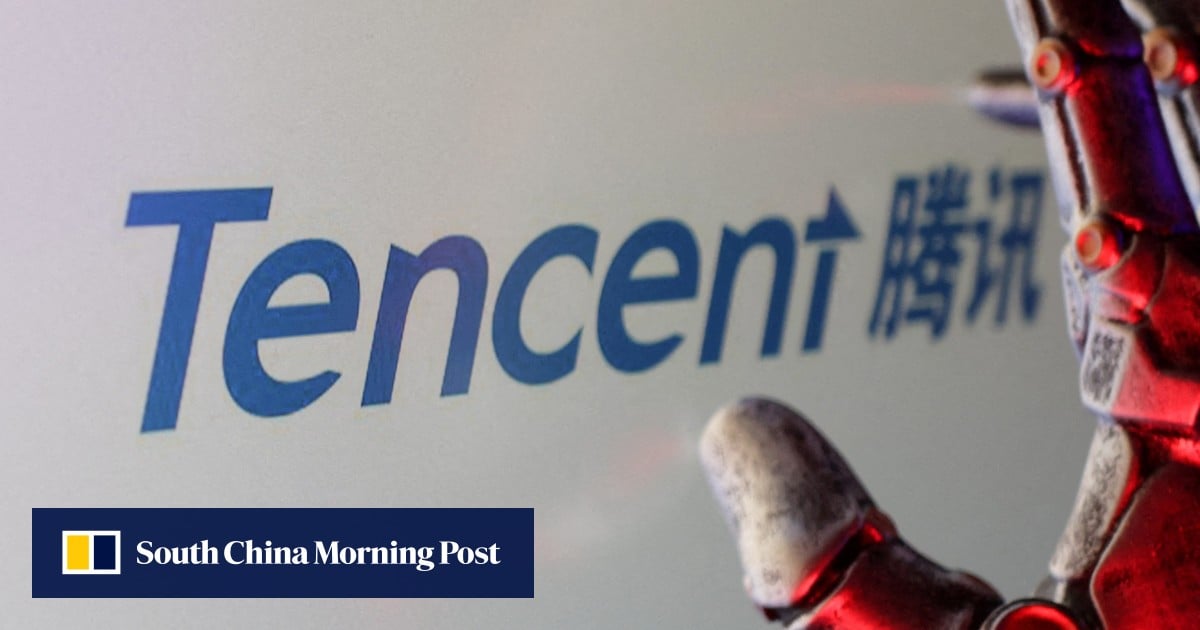- Daily Zaps
- Posts
- 1 Worker + AI = 2 Workers
1 Worker + AI = 2 Workers
One worker with AI equals two, UAE commits $1.4 trillion to US, KBLaM redefines language models, and DoD plans reduced AI spending in 2025.
Welcome back to Daily Zaps, your regularly-scheduled dose of AI news ⚡️
Here’s what we got for ya today:
👯♀️ 1 Worker + AI = 2 Workers
💸 UAE pledges $1.4 trillion investment in US
💿 KBLaM: Knowledge Base augmented Language Model
🪖 US DoD spending less on AI in 2025 budget
Let’s get right into it!
RESEARCH
1 Worker + AI = 2 Workers
A study at Procter & Gamble involving one-day workshops with 776 professionals found that AI can significantly enhance performance in product development. Teams with access to GPT-4 or GPT-4o outperformed individuals without AI by 40%, while individuals using AI improved their results by 37%, matching the performance of non-AI teams. AI-supported teams delivered the highest quality overall and were three times more likely to produce top-tier solutions.
The technology also helped bridge expertise gaps between technical and commercial staff, especially benefiting less experienced employees. Participants using AI reported more positive emotions, and most AI-generated content was retained. However, the study's short timeframe and reliance on chat-based AI may limit its relevance to real-world, long-term corporate settings, where questions remain about AI’s impact on skill development, process integration, and sustained effectiveness.
GLOBAL NEWS
UAE pledges $1.4 trillion investment in US
The United Arab Emirates has pledged $1.4 trillion over the next decade to boost its investments in U.S. sectors such as AI infrastructure, semiconductors, energy, and manufacturing, building on its existing $1 trillion already invested. The announcement follows UAE National Security Advisor Sheikh Tahnoon bin Zayed’s meetings with U.S. leaders and tech executives, including Trump, Satya Nadella, Jensen Huang, Jeff Bezos, and Larry Fink. This massive commitment includes plans like expanding U.S. aluminum production and mirrors similar investment expectations Trump has expressed toward Saudi Arabia.
FROM OUR PARTNER SALESFORGE
The first search engine for leads
Leadsforge is the very first search engine for leads. With a chat-like, easy interface, getting new leads is as easy as texting a friend! Just describe your ideal customer in the chat - industry, role, location, or other specific criteria - and our AI-powered search engine will instantly find and verify the best leads for you. No more guesswork, just results. Your lead lists will be ready in minutes!
BIG TECH
KBLaM: Knowledge Base augmented Language Model
Large language models (LLMs) excel in language tasks but face challenges in integrating external knowledge efficiently. Traditional methods like fine-tuning and Retrieval-Augmented Generation (RAG) have drawbacks—fine-tuning is costly, and RAG adds complexity with external retrieval components. In-context learning, while simple, becomes computationally inefficient with large knowledge bases. To overcome these limitations, Microsoft introduces KBLaM (Knowledge Base-Augmented Language Model), a novel approach that integrates structured knowledge directly into LLMs using a scalable, efficient mechanism called rectangular attention.
This method encodes structured triples (entity, property, value) into key-value vectors and embeds them within the model’s attention layers, enabling dynamic retrieval during inference with linear scaling in memory and computation. KBLaM supports over 10,000 knowledge triples on a single GPU, updates knowledge without retraining, and reduces hallucinations by refusing to answer when information is missing. It offers improved interpretability, lower latency, and better memory efficiency than RAG or traditional in-context learning.
GOVERNMENT
US DoD spending less on AI in 2025 budget
In fiscal year 2025, the U.S. government is operating under a full-year Continuing Resolution (CR), maintaining funding at prior-year levels due to the absence of new appropriations legislation. This CR includes adjustments such as a $6 billion increase in defense spending compared to fiscal year 2024 enacted levels. Concurrently, the National Defense Authorization Act (NDAA) for FY 2025 authorizes $895.2 billion for the Department of Defense, reflecting a modest 1% increase over the previous year.
Despite these overall increases, the NDAA allocates approximately $141 billion for Research, Development, Test, and Evaluation (RDT&E) accounts, which is $2 billion less than the administration's request and $7 billion less than the prior year's allocation. This reduction in RDT&E funding suggests a potential decrease in resources available for artificial intelligence (AI) initiatives within the defense sector, as AI projects often rely heavily on RDT&E investments. However, the NDAA continues to prioritize AI, emphasizing its role in strengthening defense and cybersecurity operations.
In case you’re interested — we’ve got hundreds of cool AI tools listed over at the Daily Zaps Tool Hub.
If you have any cool tools to share, feel free to submit them or get in touch with us by replying to this email.
🕸 Tech tidbits from around the web
FROM OUR PARTNER ARTISAN
Never Miss Another Warm Lead With Our AI BDR
Never miss a hot lead again. Our AI BDR Ava tracks intent signals across the web—triggering perfectly timed outreach when prospects are ready to buy.
She operates within the Artisan platform, which consolidates every tool you need for outbound:
300M+ High-Quality B2B Prospects, including E-Commerce and Local Business Leads
Automated Lead Enrichment With 10+ Data Sources
Full Email Deliverability Management
Multi-Channel Outreach Across Email & LinkedIn
Human-Level Personalization
Free up your sales team to focus on high-value interactions and closing deals, while Ava handles the time-consuming tasks.
How much did you enjoy this email? |









